Electronic Dance Music, or EDM, has taken the world by storm over the last few decades. From underground clubs to the biggest music festivals on the planet, EDM has evolved into a global phenomenon, bringing people together through powerful beats and high-energy performances. But what makes EDM so unique is its ever-changing nature—the way it continuously reinvents itself through different genres and production styles.
In this blog, we’ll take a closer look at how EDM has evolved over the years, the most influential genres that shaped the movement, and how beginners can start their journey into music production. Whether you’re a budding DJ, a bedroom producer, or simply a fan of electronic music, this guide will give you valuable insights—and help you take the first step toward a career in music.
If you’re searching for the best DJ course in Bangalore, music production courses in Bangalore, or hands-on DJ training in Bangalore, you’re in the right place. At House of EDM, we help aspiring artists learn, grow, and build their dream careers in a fully-equipped music studio in Bangalore.
The Origins of EDM: From Analog to Digital
EDM didn’t start as the booming festival sound we know today. Its roots go back to the 1970s and 80s when disco, synth-pop, and early techno were gaining popularity in underground clubs. Artists began experimenting with drum machines, synthesizers, and samplers—laying the groundwork for what would become modern electronic music.
Early pioneers like Kraftwerk, Giorgio Moroder, and Frankie Knuckles helped shape the foundations of house and techno. As technology advanced, so did the tools of production—moving from analog equipment to digital audio workstations (DAWs), allowing producers to create full tracks from their laptops.
Breaking Down the Genres: A Tour Through EDM Styles
As EDM evolved, it split into multiple sub-genres, each with its own style, tempo, and energy. Here are a few of the most important ones to know:
- House Music – Groovy, soulful, and perfect for dance floors. Sub-genres include deep house, progressive house, and tech house.
- Techno – Fast-paced and repetitive, with heavy basslines and a darker tone.
- Trance – Melodic and uplifting, designed to create a euphoric experience.
- Dubstep – Heavy drops and wobbling bass, known for its high-impact sound.
- Drum & Bass – Fast BPM with complex drum patterns and bass-heavy grooves.
- Future Bass / Chillstep – Melodic, emotional, and often used in vocal-heavy EDM tracks.
Each genre requires a different approach to production, and understanding them is key if you want to develop your own unique style.
Why Music Production Is the Heart of EDM
At its core, EDM is driven by music producers. These are the creators behind the tracks DJs play at clubs and festivals. Learning music production isn’t just about software or beats—it’s about developing your creativity, building your sound, and mastering the tools to bring your ideas to life.
At House of EDM, our music production courses in Bangalore are designed to teach you everything from the basics to advanced techniques. You’ll learn how to use industry-standard software like Ableton Live and FL Studio, create beats, design sounds, and mix and master tracks professionally.
Music Production for Beginners: Where to Start
If you’re new to music production, it can feel overwhelming at first—but don’t worry. Here’s a simple roadmap to get started:
1. Learn the Tools of the Trade
You’ll need to get familiar with DAWs (Digital Audio Workstations) like FL Studio, Ableton Live, or Logic Pro. These are your main platforms for composing, arranging, and producing music.
2. Understand Song Structure
Every genre of EDM follows a basic structure—intro, build-up, drop, breakdown, and outro. Learning how to structure your music is key to keeping listeners engaged.
3. Create Your First Beat
Start by laying down a simple drum loop and build on it with basslines, synths, and melodies. Experimenting is the best way to learn.
4. Master the Art of Mixing
Mixing is the process of balancing all the elements in your track so it sounds clean and professional. You’ll learn EQ, compression, reverb, and other effects.
5. Finish and Share Your Work
Once your track is complete, you can release it on platforms like SoundCloud, Spotify, and YouTube—or perform it live.
The Importance of Learning in a Professional Music Studio
While YouTube tutorials can get you started, nothing beats learning in a professional setting. Our music studio in Bangalore is fully equipped with everything you need to produce high-quality music—from soundproof rooms and studio monitors to industry-standard gear and software.
You’ll work under the guidance of experienced mentors who’ve performed and produced at a professional level. Whether you’re learning the basics or diving into advanced production, you’ll get practical, hands-on experience that speeds up your progress.
Combine DJing with Music Production for Maximum Impact
Most successful EDM artists today are both DJs and producers. That’s why combining DJ training with music production gives you a serious edge in the industry. You’ll not only create your own tracks but also perform them live—creating unforgettable experiences for your audience.
Our DJ course in Bangalore and DJ classes Bangalore teach you everything from beatmatching and mixing to live performance and stage presence. With expert DJ training in Bangalore, you’ll learn to control the vibe of the crowd, master your gear, and build your confidence as a performer.

